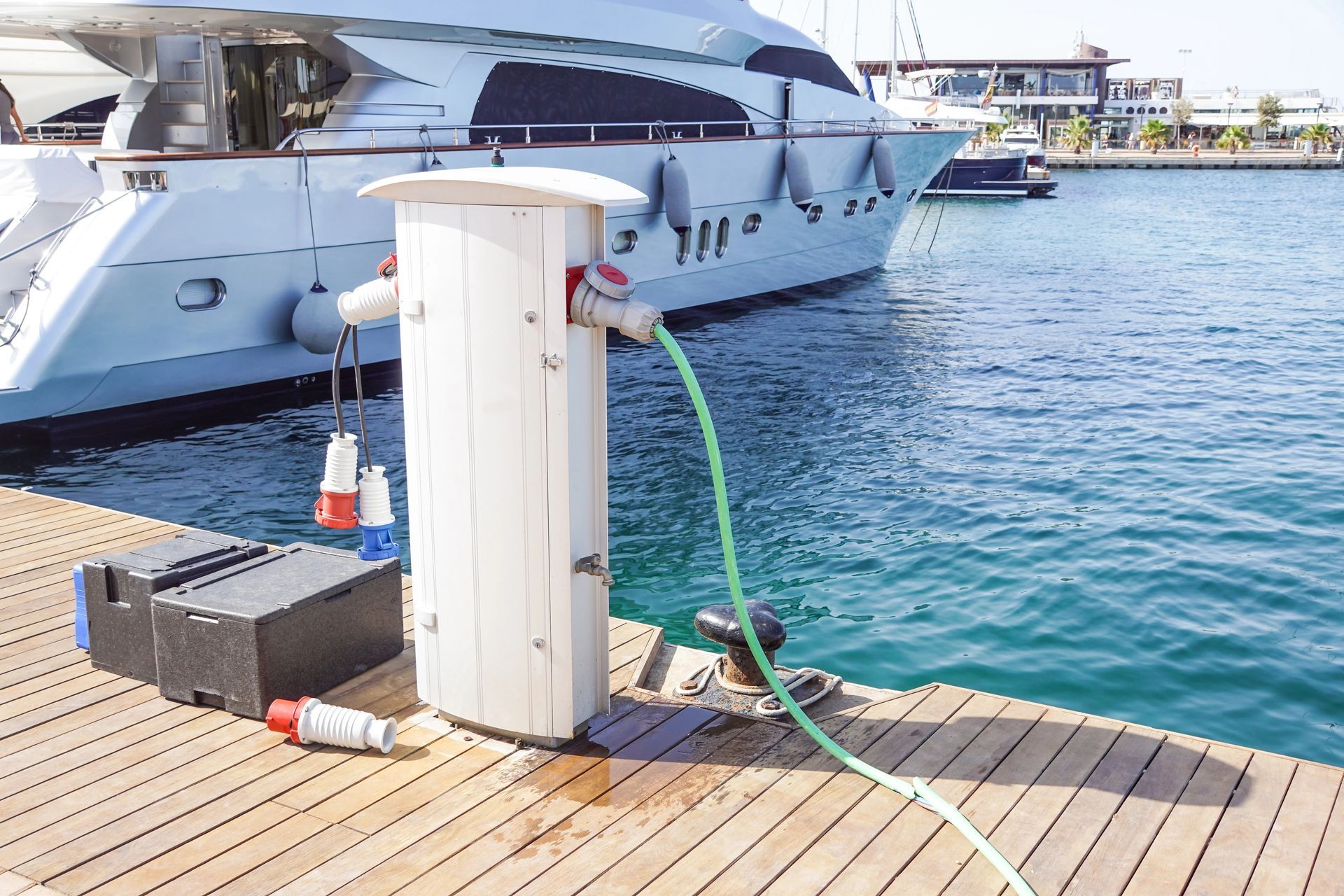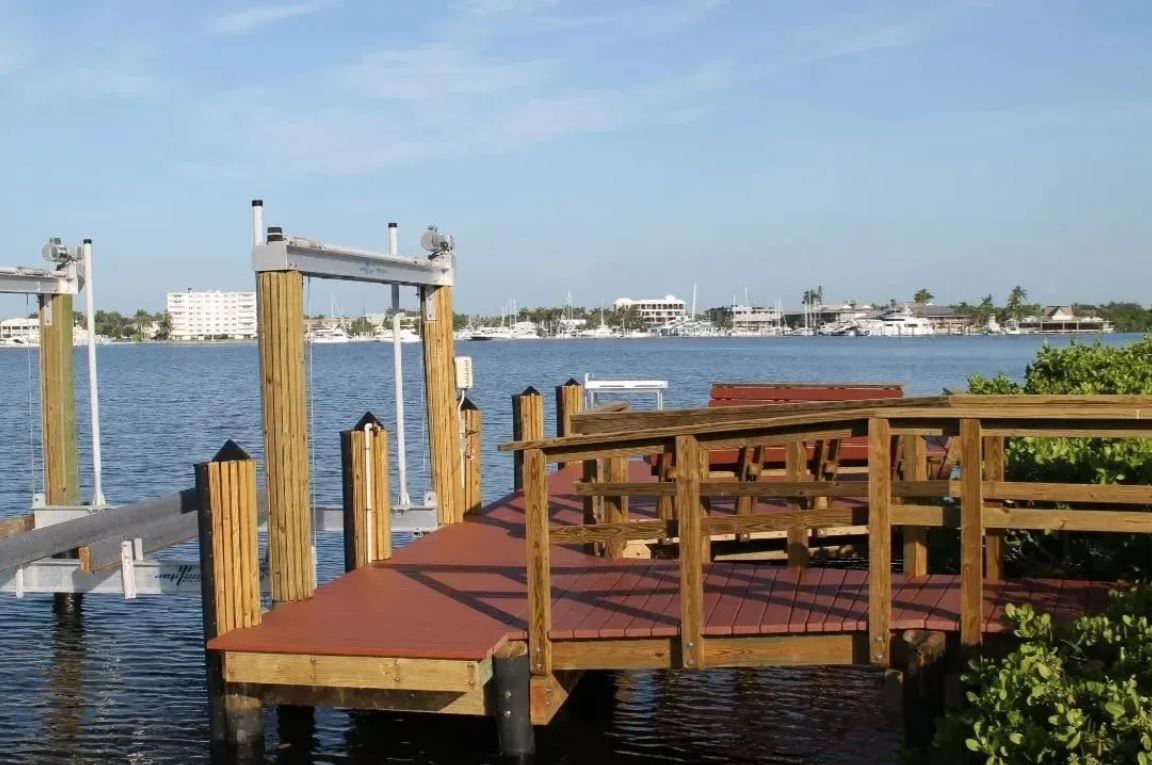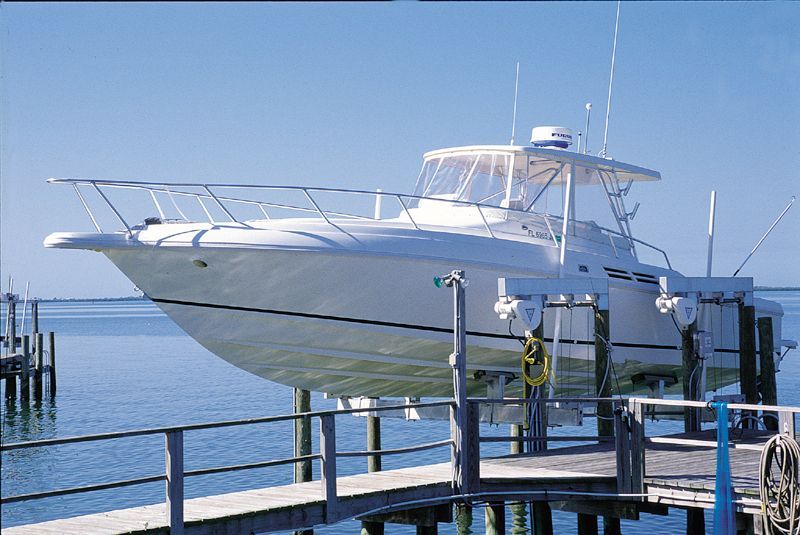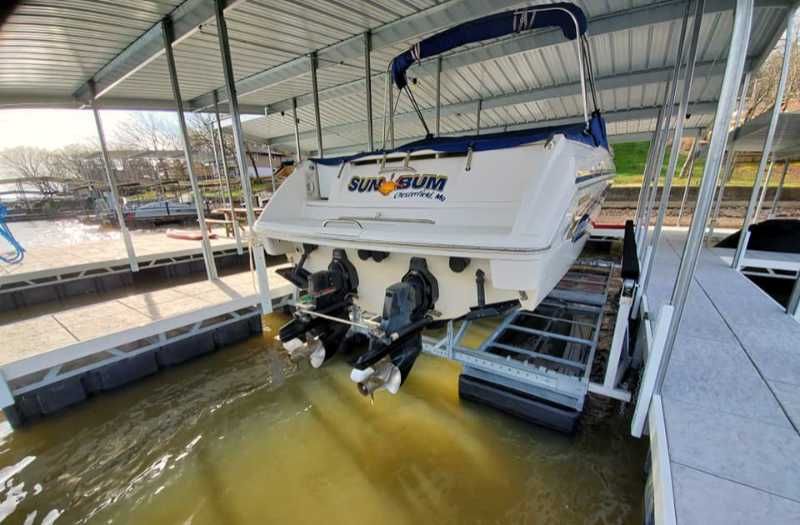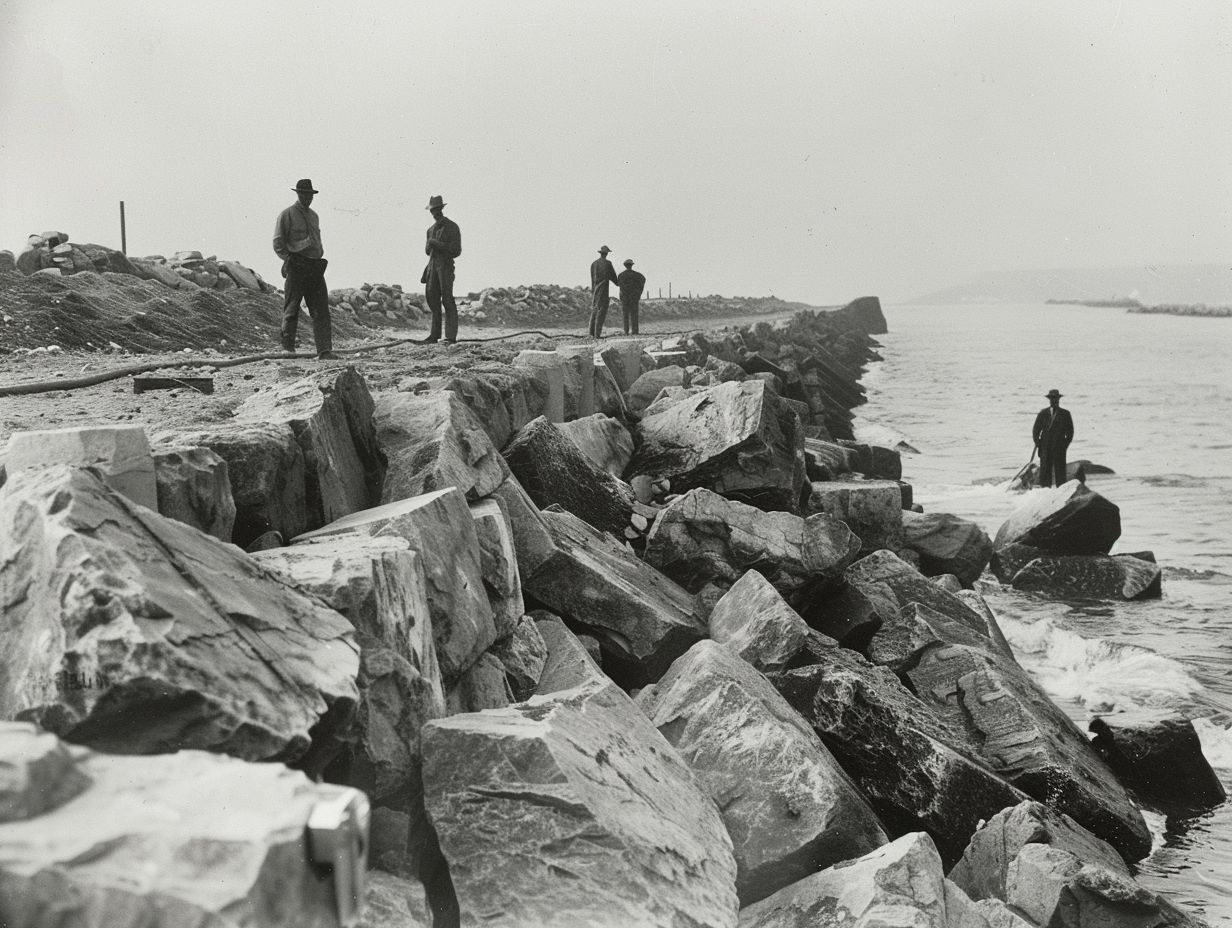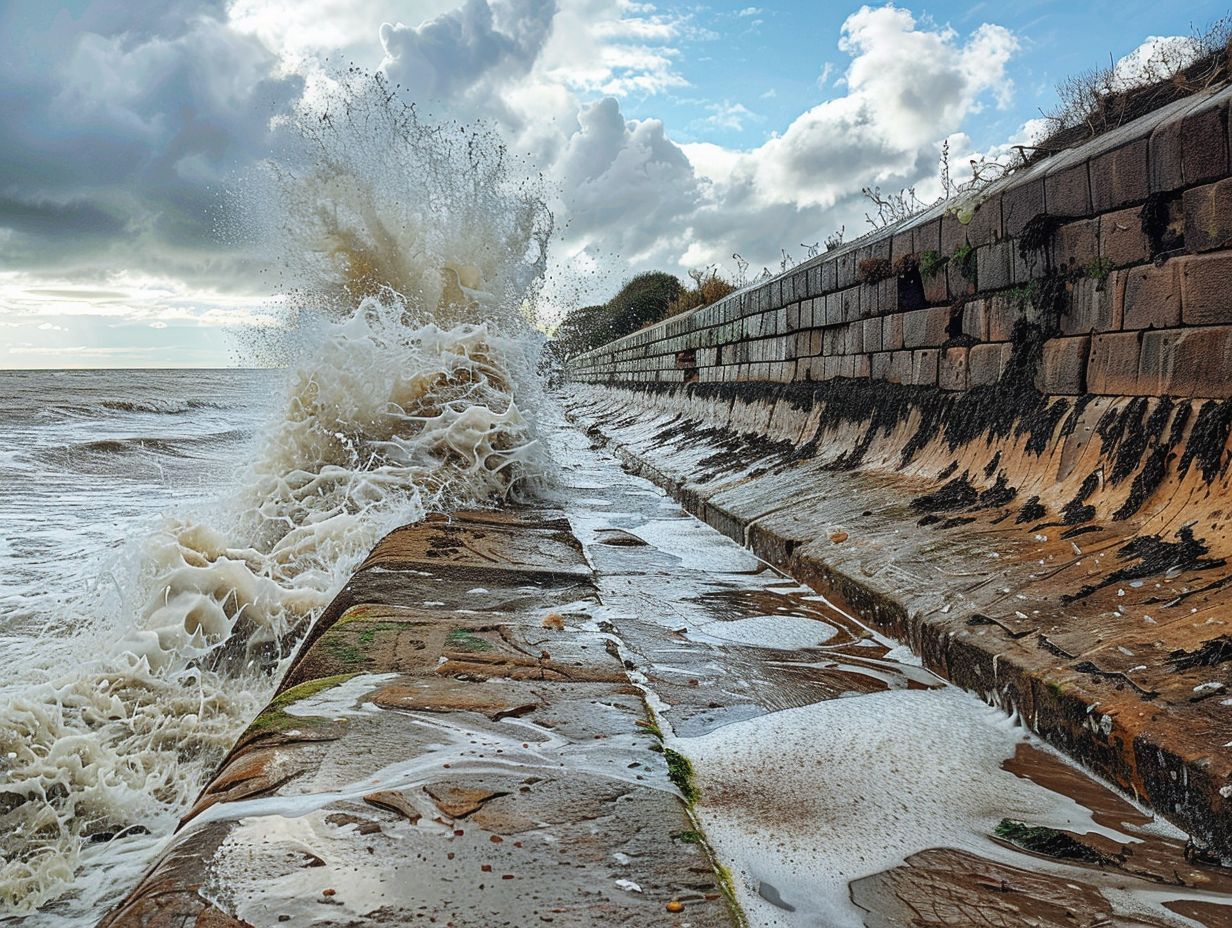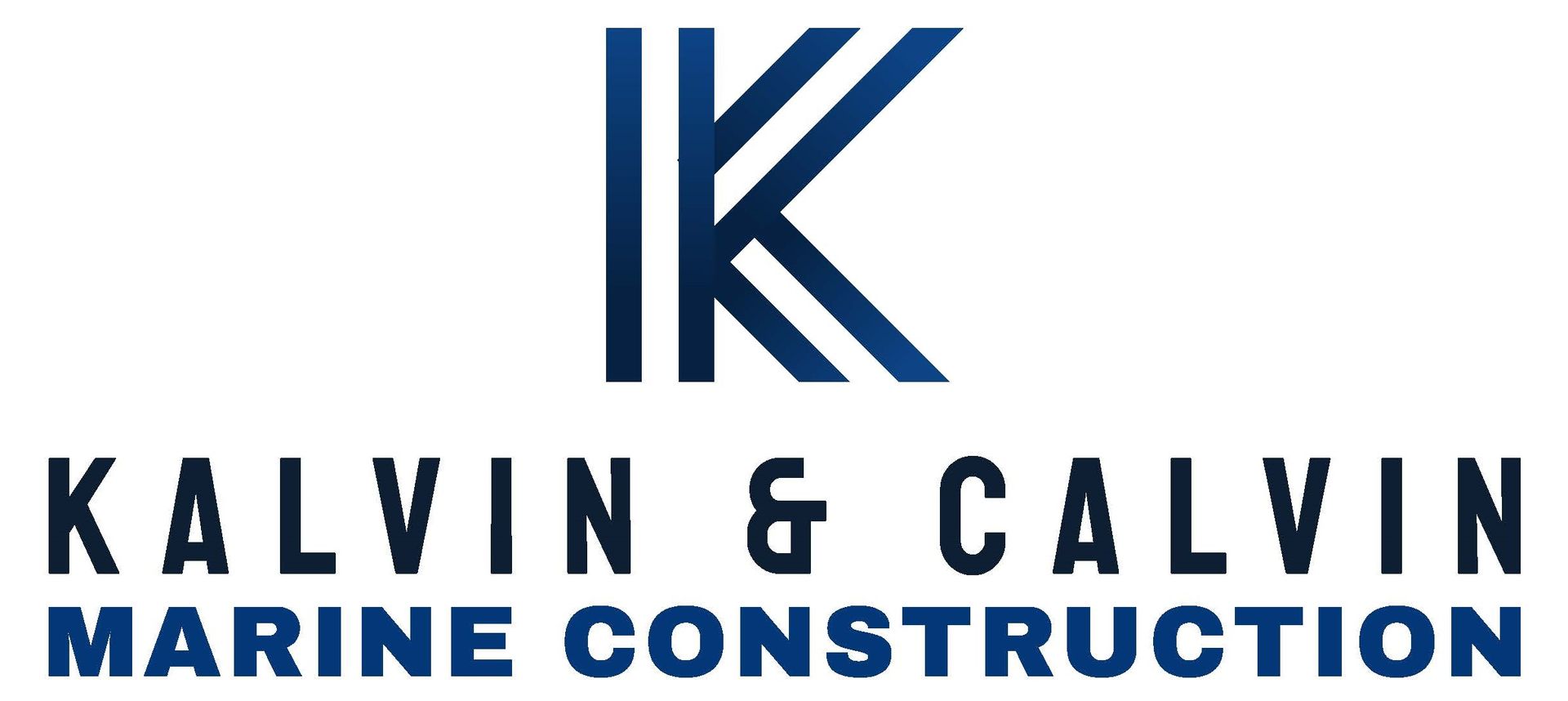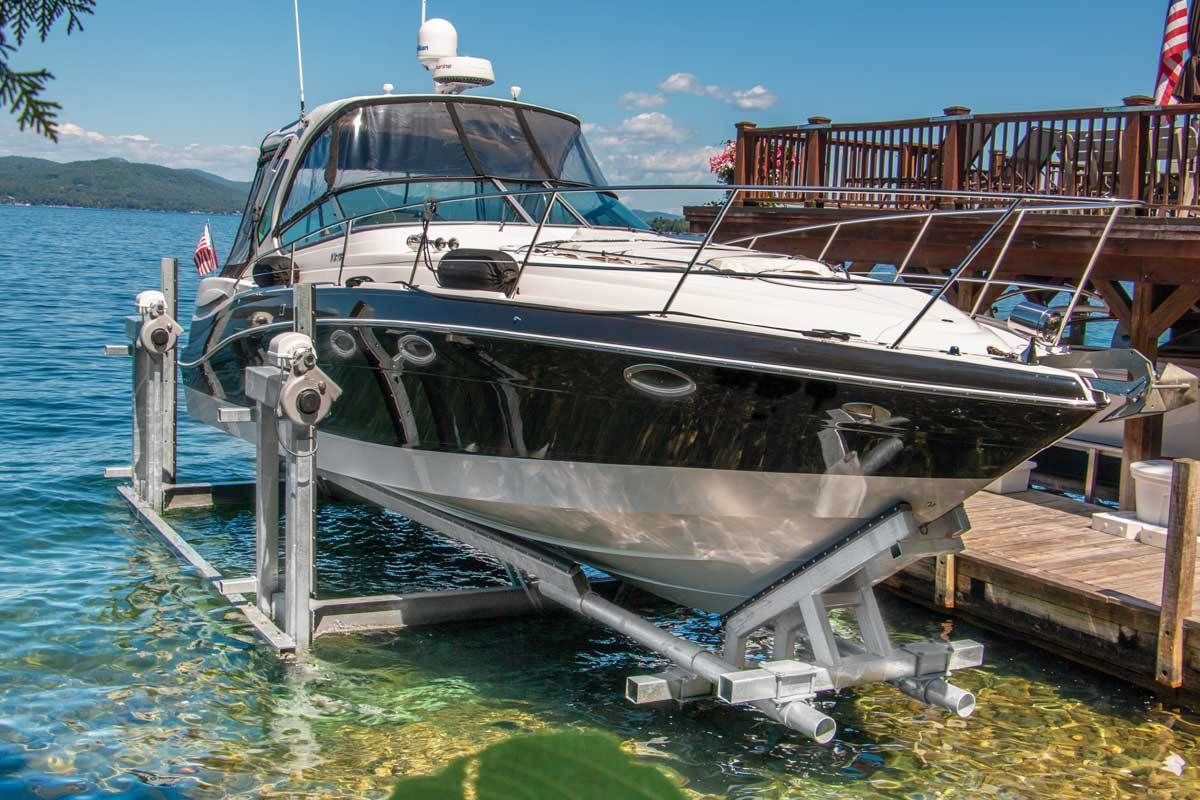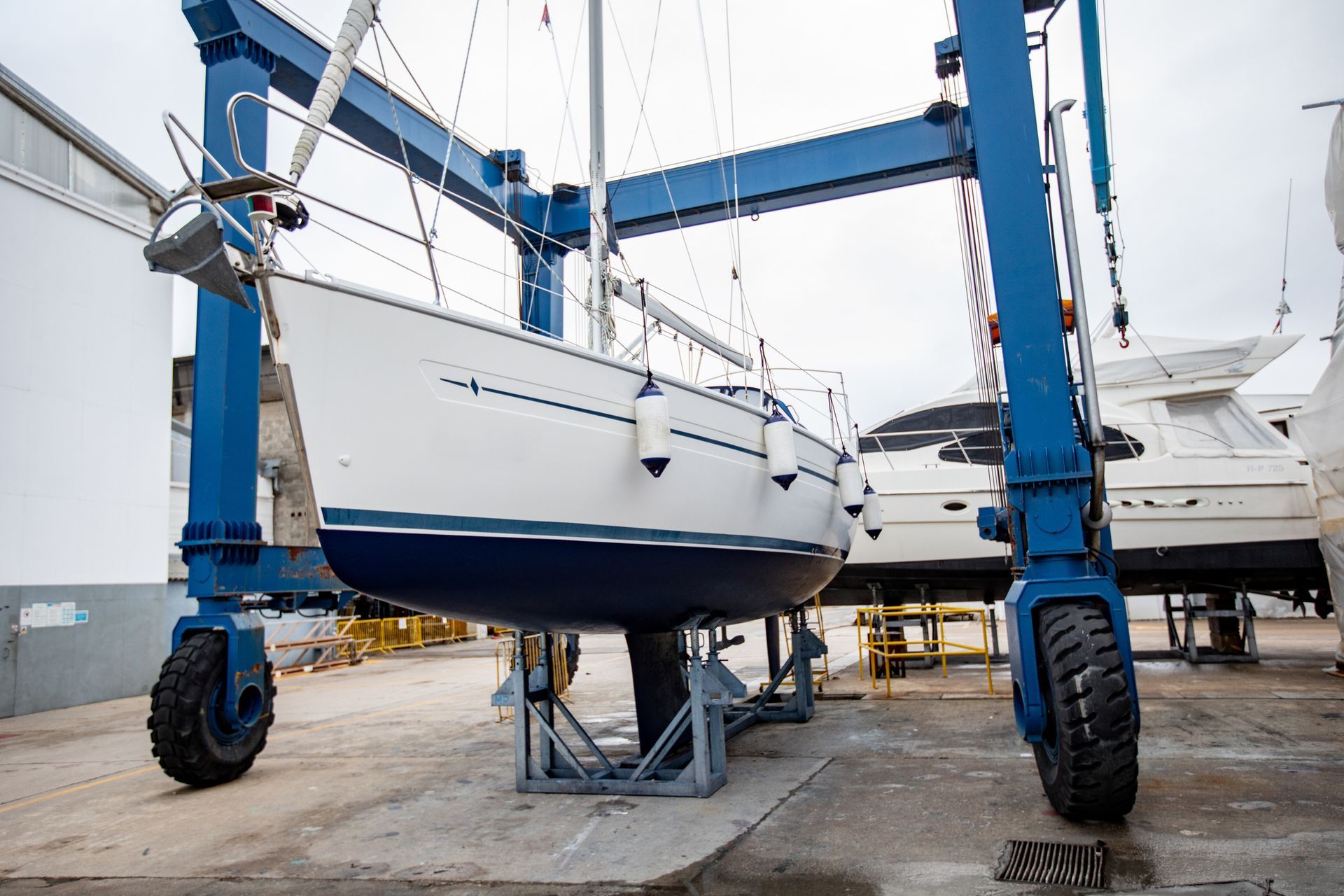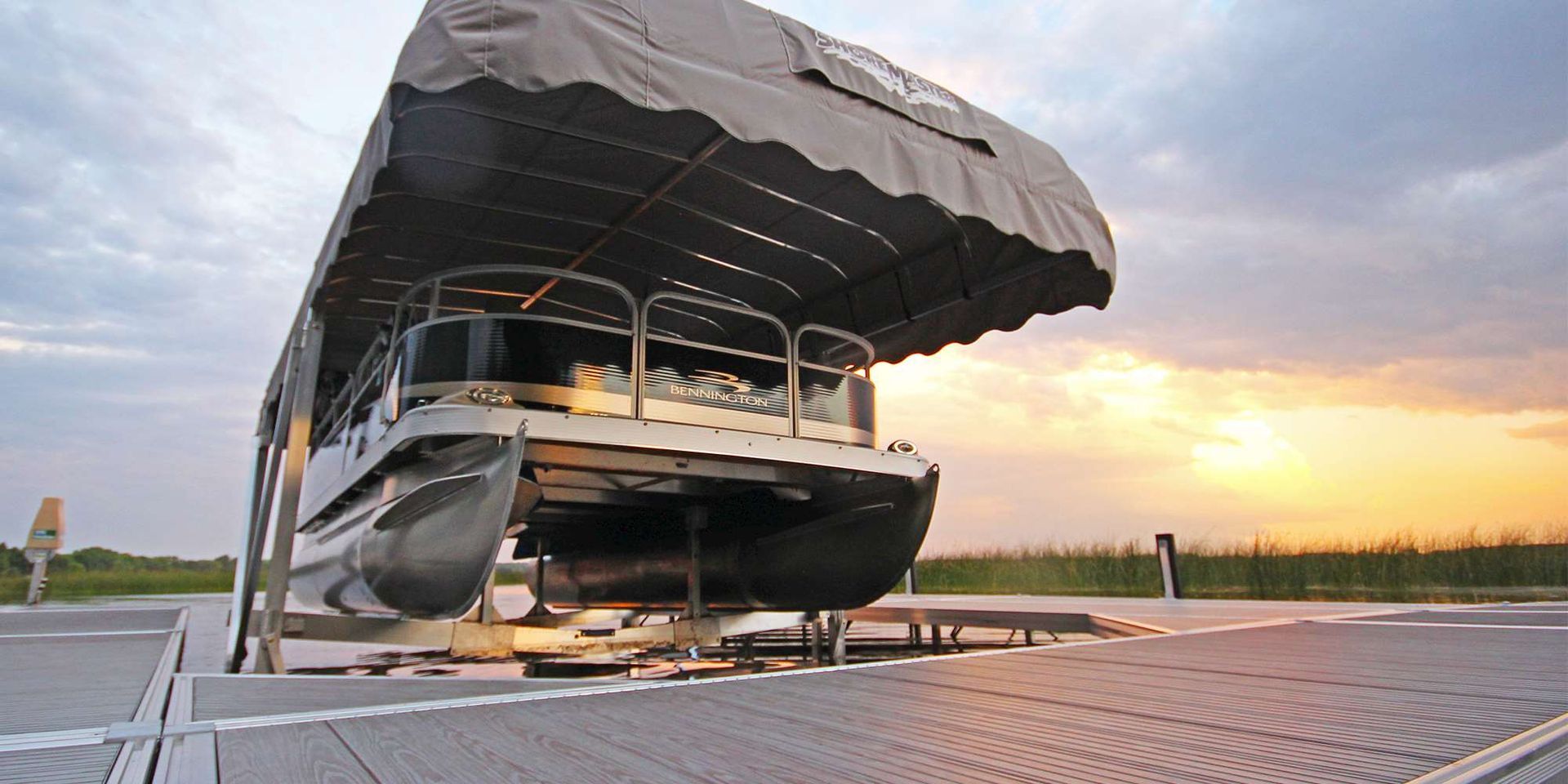How to Winterize Your Boat Lift: Essential Steps for Naples, Florida | Kalvin & Calvin Marine Construction

Inspect the Boat Lift
The first step in winterizing your boat lift is to conduct a thorough inspection. Check all components, including the cables, pulleys, motors, and hardware, for signs of wear, corrosion, or damage. Look for any loose bolts or connections and ensure everything is secure. If you notice any issues, address them before proceeding with the winterization process to prevent further damage during the off-season.
Clean the Boat Lift
Cleaning your boat lift is an important part of winterization. Remove any debris, dirt, and salt buildup from the lift's structure. Saltwater can be particularly corrosive, so take extra care to wash away any residue. Use a pressure washer or hose to clean the lift, paying attention to areas that are prone to corrosion, such as the cables and metal parts.
Lubricate Moving Parts
Lubricating the moving parts of your boat lift is essential to prevent rust and ensure smooth operation when you return to using the lift. Apply marine-grade lubricant to the cables, pulleys, and any other moving components. This will help protect them from moisture and reduce friction, extending the life of your boat lift.
Disconnect the Power Source
If your boat lift is powered by electricity, it's important to disconnect the power source before winter. This step prevents any potential electrical issues or damage during periods of inactivity. Disconnecting the power also reduces the risk of accidental operation, which could cause unnecessary wear on the lift's components.
Raise the Lift
To protect your boat lift from potential damage during the winter, raise it to its highest position. This keeps the lift clear of the water, reducing exposure to corrosive elements and preventing marine growth on the lift's structure. Ensure that the lift is stable and secure in this raised position to avoid any shifting or movement during the off-season.
Remove and Store Accessories
If your boat lift has accessories such as guideposts, bunk boards, or walkways, remove and store them for the winter. Storing these items in a dry, protected area will help extend their lifespan and ensure they are ready for use when the boating season begins again.
Cover the Lift Control System
Protecting the lift control system from the elements is crucial during the off-season. Use a weather-resistant cover to shield the control box and any exposed wiring from moisture and debris. This helps prevent electrical issues and ensures that the control system remains functional when you resume using the lift.
Inspect and Maintain Cables
The cables on your boat lift are subject to significant stress and wear, so it's important to inspect them closely before winter. Look for fraying, kinks, or corrosion. If you notice any damage, replace the cables immediately to avoid potential failures. After inspection, apply a protective coating or lubricant to the cables to help prevent rust and corrosion during the off-season.
Consider Professional Maintenance
While many boat lift winterization tasks can be done on your own, it's often beneficial to consult a professional for a thorough inspection and maintenance service. A marine construction expert can identify potential issues that may not be immediately apparent and perform any necessary repairs or adjustments to ensure your lift is in top condition.
Local Considerations in Naples, Florida
In Naples, Florida, the winter months can still present challenges for boat lift owners, particularly due to saltwater exposure and the occasional storm. Ensuring that your lift is properly winterized helps protect it from the elements, even in milder climates. Proper winterization also prepares your lift for any unexpected cold snaps or severe weather events that could occur.
How Kalvin & Calvin Marine Construction Can Help
At Kalvin & Calvin Marine Construction, we understand the importance of maintaining your boat lift throughout the year. Our team specializes in boat lift installation, maintenance, and repair, tailored to the unique conditions in Naples, Florida. Whether you need assistance with winterization or require a professional inspection, we are here to help you protect your investment and ensure your boat lift is ready for the next boating season. Contact us today to schedule a maintenance service and keep your lift in optimal condition.
By following these steps, you can ensure that your boat lift is well-prepared for the off-season, reducing the risk of damage and extending its lifespan. Proper winterization is key to enjoying a trouble-free boating experience when the season begins again.
